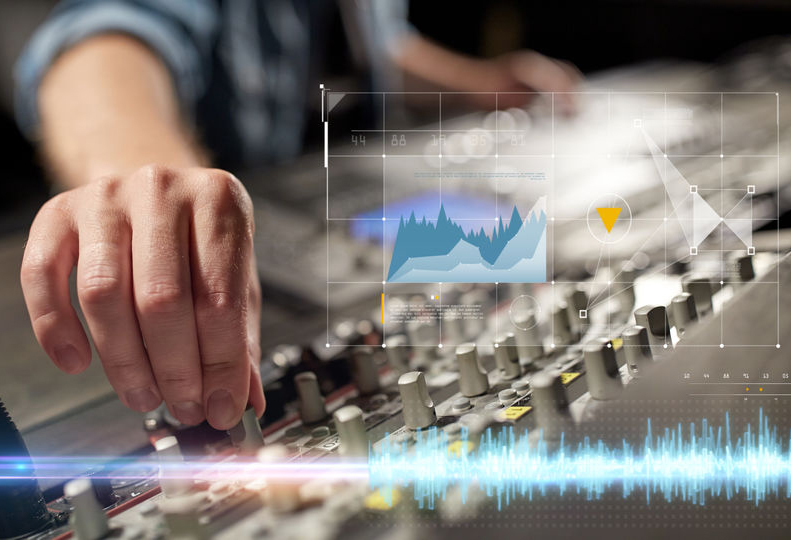
Gerard McCorry: Multiband compressors are an excellent tool for helping to shape the tonality of a mix and I apply them religiously across any mix when a standard EQ will be too destructive or clumsy. A great example of this is a vocal from a dynamic singer with great microphone technique; if you use an EQ to remove some low end to battle the proximity effect, once they move back from the microphone, the vocal sounds thin and lacking in power but if you deploy a multiband compressor, you can control the offending band so it’s only removed whenever it’s a problem. Equally, you can apply the opposite to add in consistency to a vocal as the singer moves through ranges.
Whenever I mix IEMs for a singer, a gentle expander applied on their vocal can help them psychologically as they feel they are having a great vocal day as their vocal gets louder and faster than expected making them feel powerful.
An interesting method for adding low-end frequencies to a kick drum signal is to set up an oscillator to output a sine wave of say 50 to 60 Hz that’s run though a gate, then send the kick drum to the gate’s side chain to trigger the sine wave. This concept can be applied to other inputs influencing your mix such as a kick drum ducking a bass guitar or having an entire vocal group always compress the other instrument groups so it will always sit “on top” of the mix.
Layering compressors is a great way to have varying degrees of control over a signal and even a mix. Whenever I’m in a corporate or spoken word setting, I regularly use a compressor for gentle shaping and keeping a channel under control (say less than 3:1 ratio, moderate attack and release times, soft knee) and a second separate compressor on the group to catch any sudden transients (say greater than 6:1 ratio, fast attack and release, hard knee) such as unexpected coughing or plosives. A compressor set with similar settings is a quick way of dealing with any video or audio files that may not have been normalized prior to an event.
Some plugins I recommend experimenting with include Waves Vocal Rider, C6, H-EQ Hybrid Equalizer, and TrueVerb, as well as anything from SSL. For hardware, I can’t get enough of the Empirical Labs EL8 Distressor, API 550b 4-bamd EQ and Neve Portico 511 mic preamp.
Jim Yakabuski: I believe very strongly in starting with a well-tuned and optimized sound system before reaching for any input channel processing tools or plugins. If my initial focus is setting up the PA to fill the audience space with even coverage, SPL and frequency response, then all tweaking down the food chain is more clearly heard and felt.
With all of the wonderful PA systems available today, most with very well thought out system processors and software that enable you to optimize the system to fit the venue, this is a much easier task than 20 years ago. I love the system processing tools that allow shaping the low-end “tilt” to fit your tuning and mixing style, as well as the high-end “helpers” such as L-Acoustics FIR filters or Meyer Sound U-Shaping filters. If these filters are used wisely, you can add or subtract high end from sound system zones without having to worry too much about throwing the whole line array out of whack. Great additions to already great system processors!
When it comes to processing at the console level, I have a very simple and “analog” approach. I try to solve problems with the tools provided within the architecture of the digital console I’m using before reaching for a plugin or outboard hardware device. I have a few “go-to” plugins that I’ve used sparingly in the last 10 years or so, but after multiple instances of struggling at a one-off or festival show to get all plugin hardware and software installed and authorized.
I tend to start tour rehearsals or a new project with zero plugins until I feel comfortable with my overall gain structure and console layout. I’m lucky enough to work with great sounding consoles so I’m more than good with the tools they offer. When I get a few weeks in and I have more time, I usually start experimenting with some plugins to see if I can improve things even more.
Everything I’ve mentioned so far refers to mixing live audio. When I’m in my home studio/office or on the road, I often use several plugins when mixing multitrack recordings from a live show. This is where I find them to be very helpful in adding polish and class to a recording.
